For keeping an ear on social discussions about brands and businesses, you might have come across two terms: social monitoring and social listening. While it's common to use other variations like digital listening or social media tracking, these aren't as widespread, according to Google search data.
Social listening and social monitoring are often used interchangeably, hinting at a shared practice. Even service providers sometimes use both terms interchangeably on their websites. But from a marketing point of view, these two terms hold distinct differences.
Before we dive into the detailed discussions, here's a TL;DR version of social media monitoring vs social media listening.
| Comparison | Social Media Listening | Social Media Monitoring |
|---|---|---|
| Definition | The process of collecting and analyzing social media data to gain insights into what people are saying about your brand, products, or industry | The process of tracking social media mentions of your brand, products, or industry to identify potential issues or opportunities |
| Focus | Understanding the sentiment and intent of social media conversations | Identifying and responding to social media mentions |
| Tools | Social listening tools can collect and analyze large amounts of social media data | Social media monitoring tools track social media mentions in real time |
| Benefits | Gain insights into customer opinions, identify trends, and improve products or services | Respond to customer inquiries quickly, resolve issues, and protect brand reputation |
| Drawbacks | Can be time-consuming and require specialized skills | Can miss important social media conversations if not set up correctly |
| Use cases | Tracking social mentions, connecting with supporters and influencers, driving positive change | Gratitude for customer feedback, resolution of issues and concerns, addressing audience queries |
Table Of Contents:
- What Is Social Listening?
- What Is Social Monitoring?
- Social Media Monitoring Vs Social Media Listening: Top Differences
- Main Uses Cases Of Social Listening For Brands
- Main Uses Cases Of Social Monitoring For Brands
- The Key Lesson
You can directly jump to a section of your choice or keep scrolling
What Is Social Listening?
Social Listening collects data from social media mentions and online customer conversations. The goal is to extract insights for smarter business decisions by gathering feedback from a wider and faster source – social media.
Brands use social listening, much like surveys or focus group discussions, but it's quicker and more cost-effective. And you can have your finger on the pulse of what people are saying.
This feedback is gold for your product team, especially when creating or improving products. By knowing what people like or dislike about your and your competitor's products, you can stop bad reactions before they happen.
Social listening answers questions like:
- What's the buzz about your brand?
- Are customers satisfied with your products?
- Do people engage with your content?
- How well are your products meeting needs?
More than 82% of businesses consider social listening a key planning element. Skipping it could mean missing out on what 96% of customers discuss outside official brand channels.
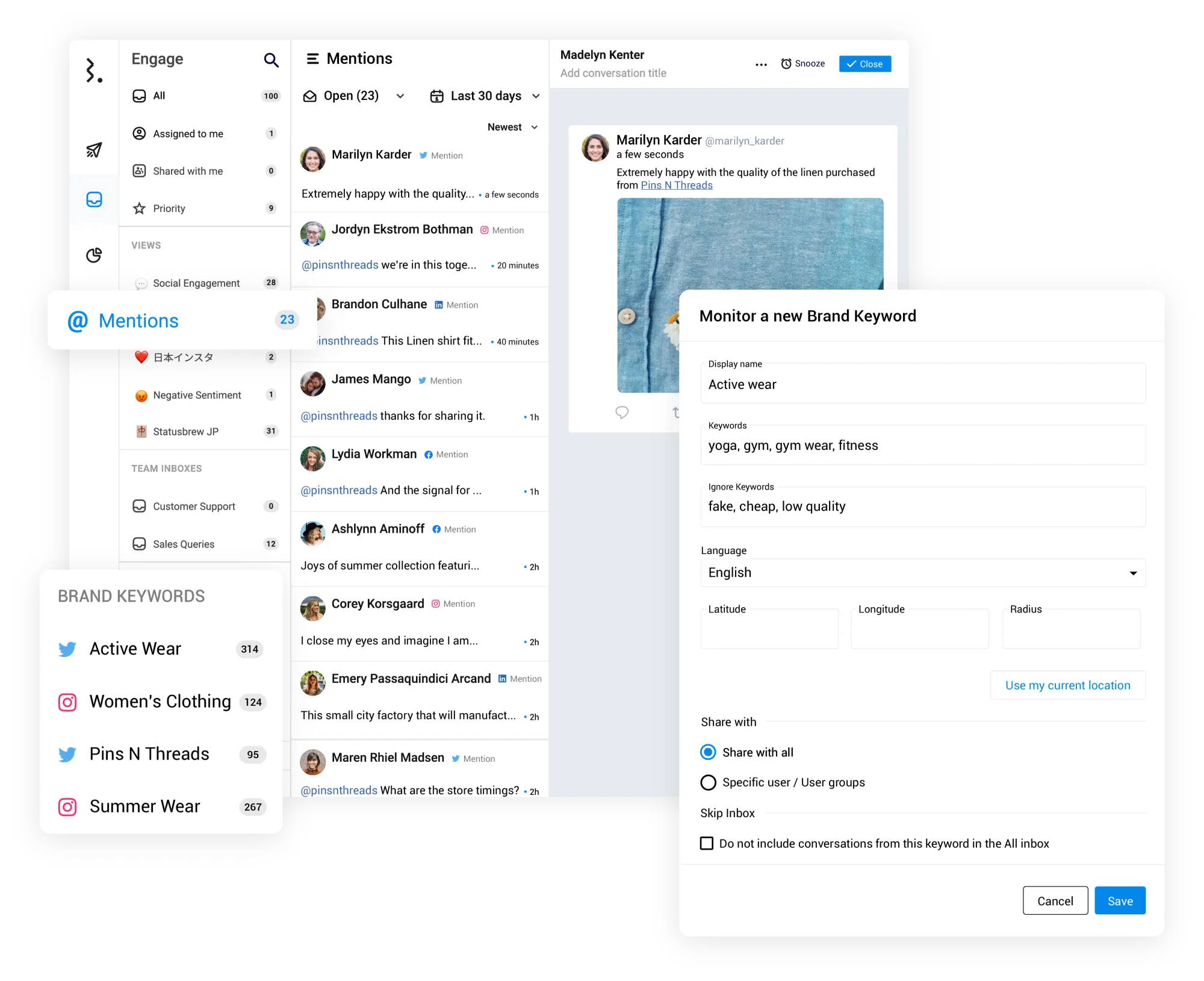
What Is Social Monitoring?
Social media monitoring helps you to keep an eye on social media for any direct brand-related interactions. When people talk about your brand, you jump in to respond. A quick AND spot-on reaction will prevent negativity from spreading. Brands often use automated tools for this, tracking keywords to find relevant conversations.
Questions it helps with:
- Is your brand being discussed?
- How about your product names?
- What's the buzz about your competitors?
- Are people looking for products in your area?
Social media monitoring is all about quick action. It's like the frontline defense for your brand's reputation. It's vital for immediate responses, but it's not about long-term analytics.
Think of it as the tip of the iceberg, while social listening is the massive part beneath.
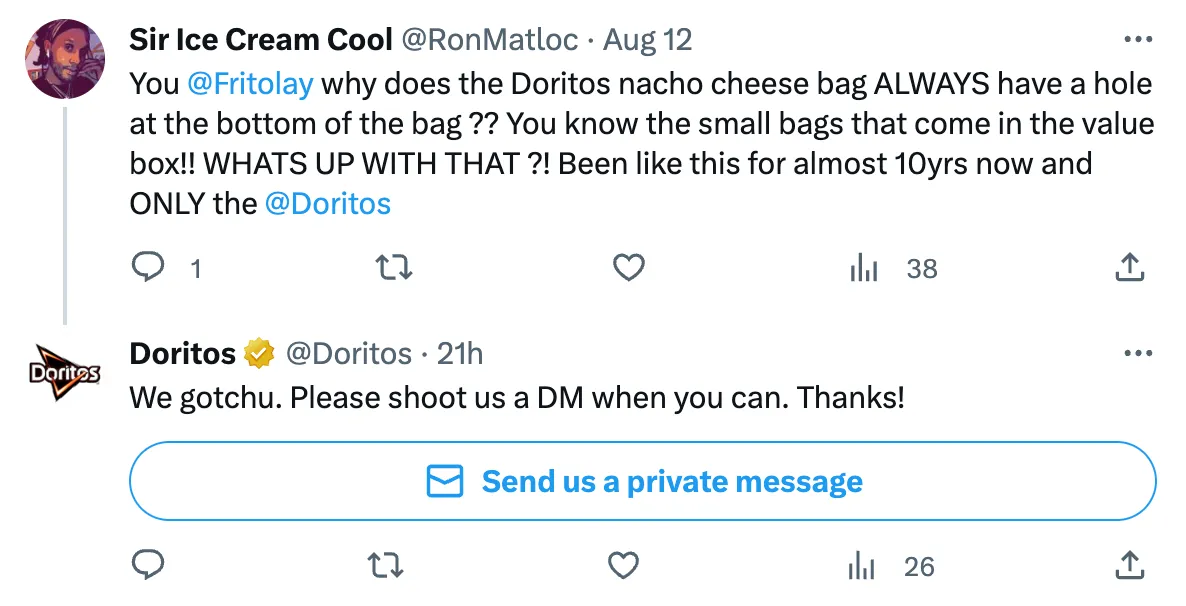
Social Media Monitoring Vs Social Media Listening: Top Differences
Proactive Vs Reactive
Proactive customer service means solving issues before they even show up. Reactive customer service deals with problems after customers point them out.
Social media monitoring is reactive. Customers reach out on social media with a problem, and then the customer service team jumps in to fix it. It's an important part of a brand's social plan, but it's not as in-depth as social listening.
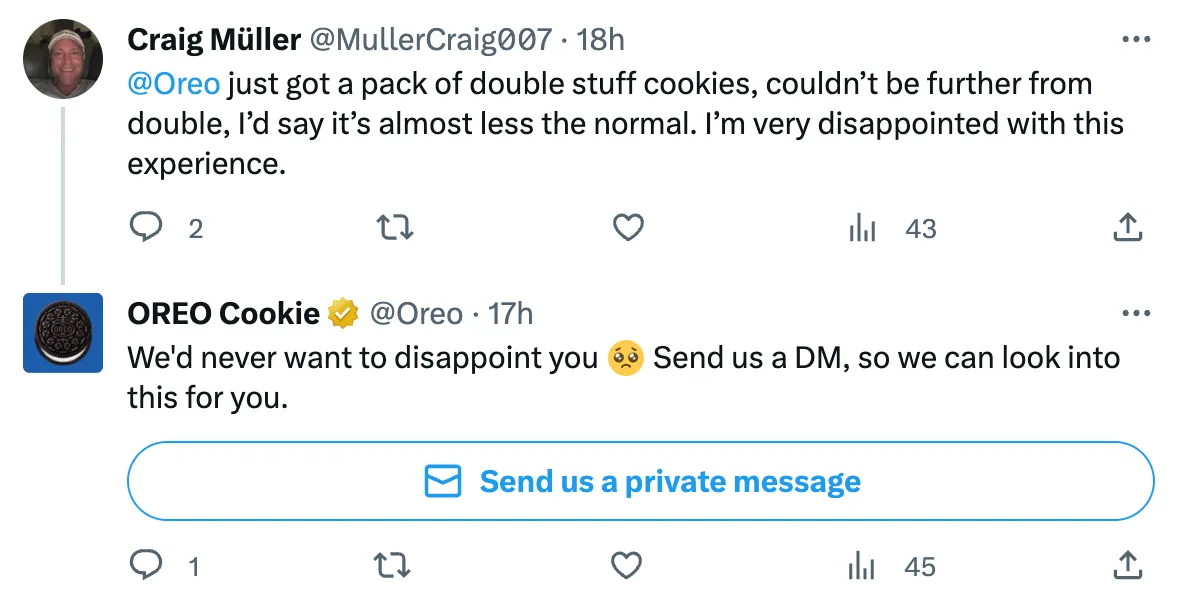
On the other hand, social listening is proactive. It collects those short-term interactions and turns them into long-term insights. This big-picture view helps you figure out why customers contacted customer service initially. You can tackle the root of the problem to make changes that stop similar problems from happening again.
But social listening isn't just about solving problems. It also lets you track industry trends, see what competitors are up to, and understand your customers better. It aims to get you ahead of the game to make your customers happy.
Micro Vs Big Picture
Social media monitoring deals with individual cases. It's when customer service reps respond to comments and questions. It handles customer interactions on a smaller scale. It focuses on providing quick answers, pointing customers in the right direction, and keeping an eye on campaign performance. It's more about immediate responses and less about deep analysis.
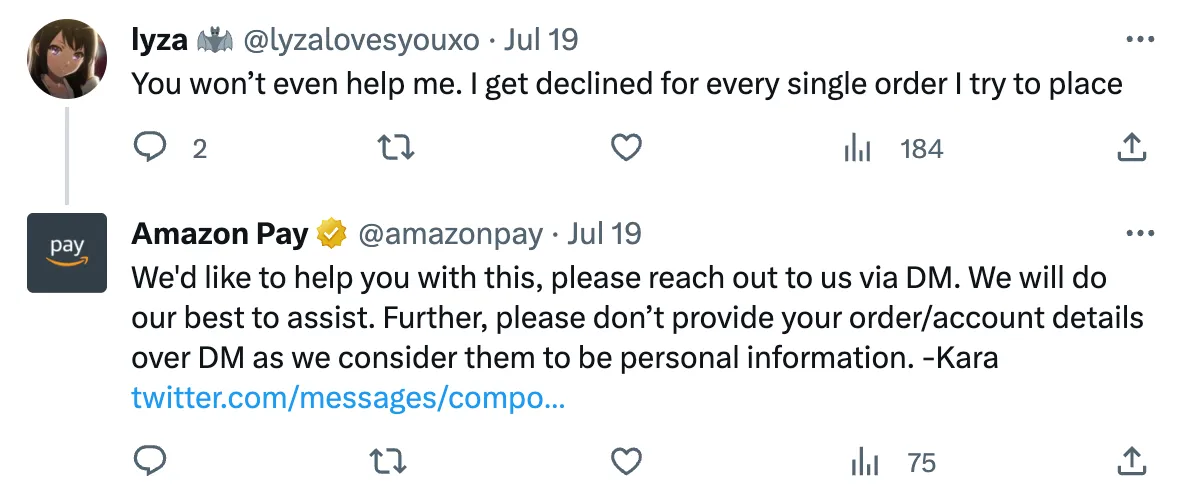
Social listening, on the other hand, takes a big-picture approach. It helps you to understand how customers talk about your brand across social media. It gathers data from social media monitoring and customer interactions to give you a wider perspective on what customers are saying and how your brand fits in.
Social media monitoring can be considered a puzzle piece in the bigger puzzle of social listening. It's part of the whole. No matter what words you use remember these are two separate strategies. To give your customers the best service, you need both of them working together.
Tracking Vs. Analyzing
People are discussing your brand on social media, whether you remain active there or not. This chatter provides a bundle of insights into what they expect from your brand. And tapping into this data can only increase the quality of your customer service.
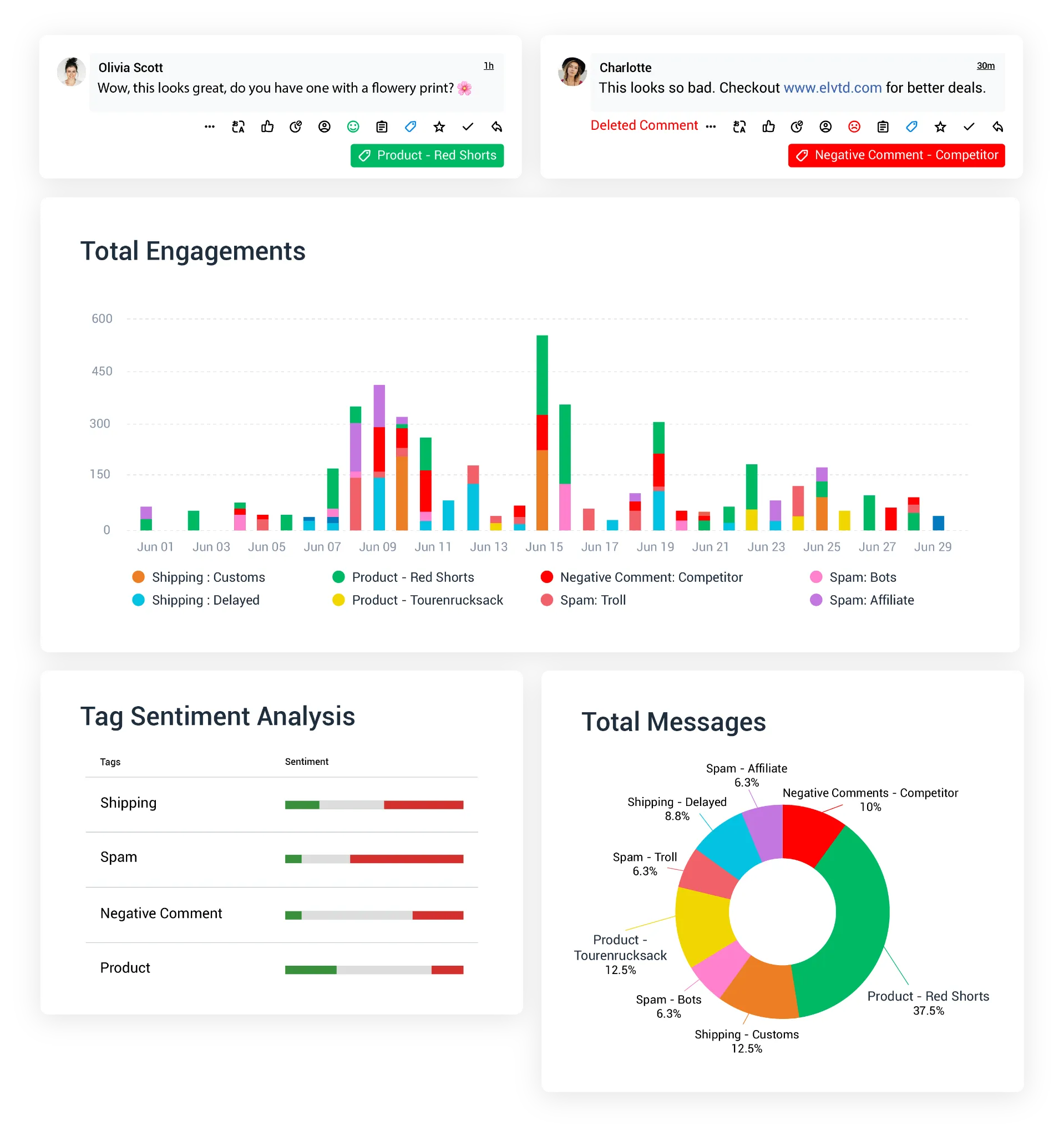
That’s where both social media monitoring and social listening come into play. They both serve this purpose, but they go about it differently. Social media monitoring keeps an eye on social platforms for any mention or interaction involving your brand. So, if customers reach out, your service reps can step in.
Social listening takes it a step ahead. It collects all this data and turns it into valuable insights. It helps you spot recurring customer questions or concerns. Addressing these proactively can work wonders to help you reduce incoming queries and boost efficiency.
Main Uses Cases Of Social Listening For Brands
Social listening isn’t just data, it provides actionable insights to steer meaningful change in your business. Let's take a look at the top use cases of social listening:
Tracking Social Mentions
At the heart of social listening is keeping tabs on social mentions related to your brand. This strategy helps fine-tune business choices. Understanding public sentiment is important whether you are launching a startup on Instagram or boosting an established company.
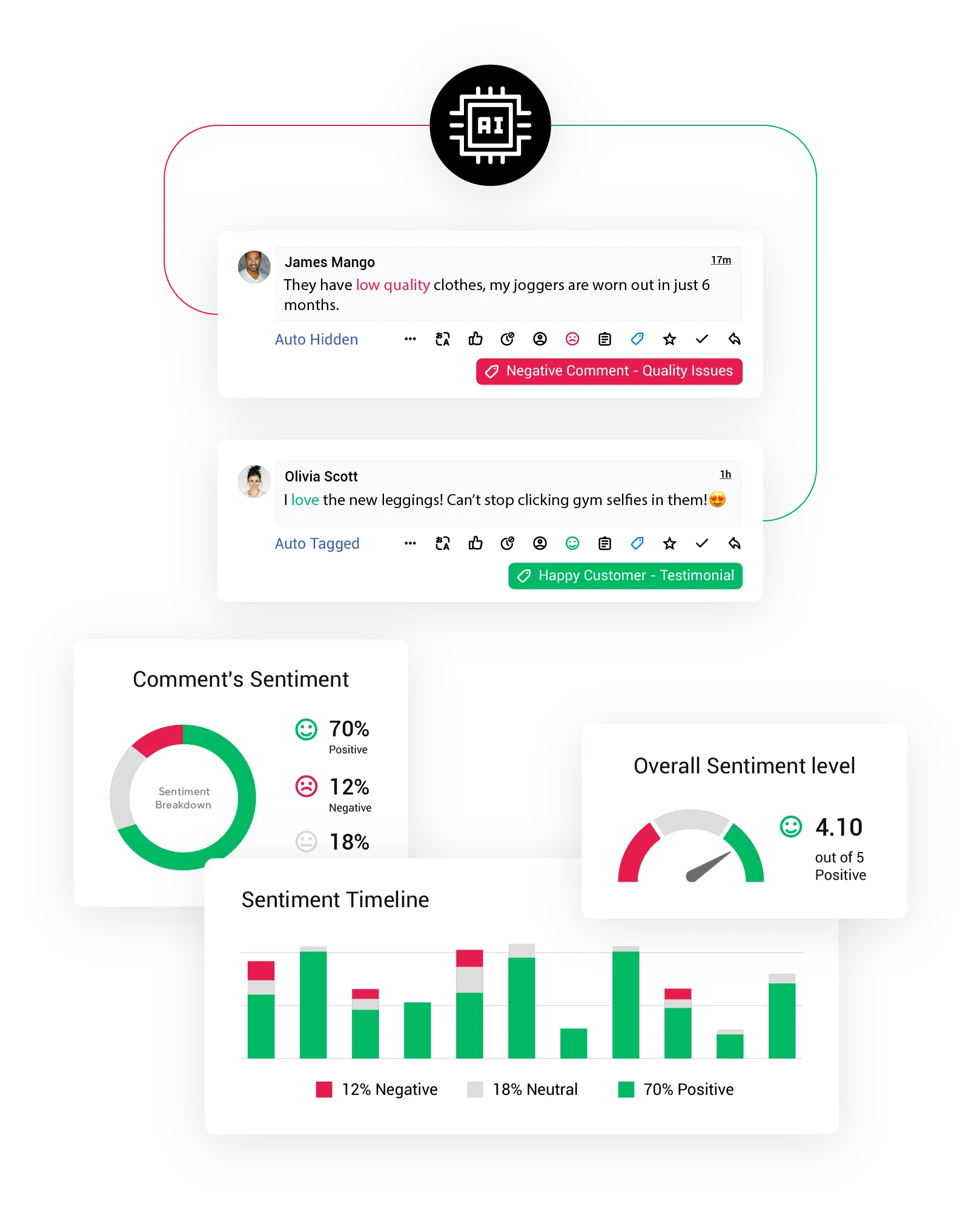
A social listening tool keeps a keen eye on all relevant mentions, such as:
- Quantity and frequency of brand mentions
- Preferred social media platform(s) of your audience
- Relevant competitors
- Pertinent industry discussions
In parallel, social listening also uncovers what people are genuinely saying about your brand, products, or services on social media. Engaging with real-time conversations lets you learn customer preferences, dislikes, and wishes.
If you want to understand your audience's sentiments, the right online community management software can make all the difference.
All feedback holds immense significance, positive or negative. Positive feedback is great, but don't rest on laurels. Keep duplicating successful practices customers love.
Likewise, negative feedback isn't a downer. Use it for growth. Now that you understand customer grievances, focus on delivering a better experience next time.
Connecting With Audience & Influencers
If you want to create a social media community, you should engage with influencers and your loyal, devoted supporters. Social listening guides you in pinpointing the right people to engage.
While reaching out to high-follower count influencers might seem logical, don't overlook super fans. These are the ones who passionately endorse your brand, products, and services.
Engaging both groups will reflect your brand’s values and build authenticity.
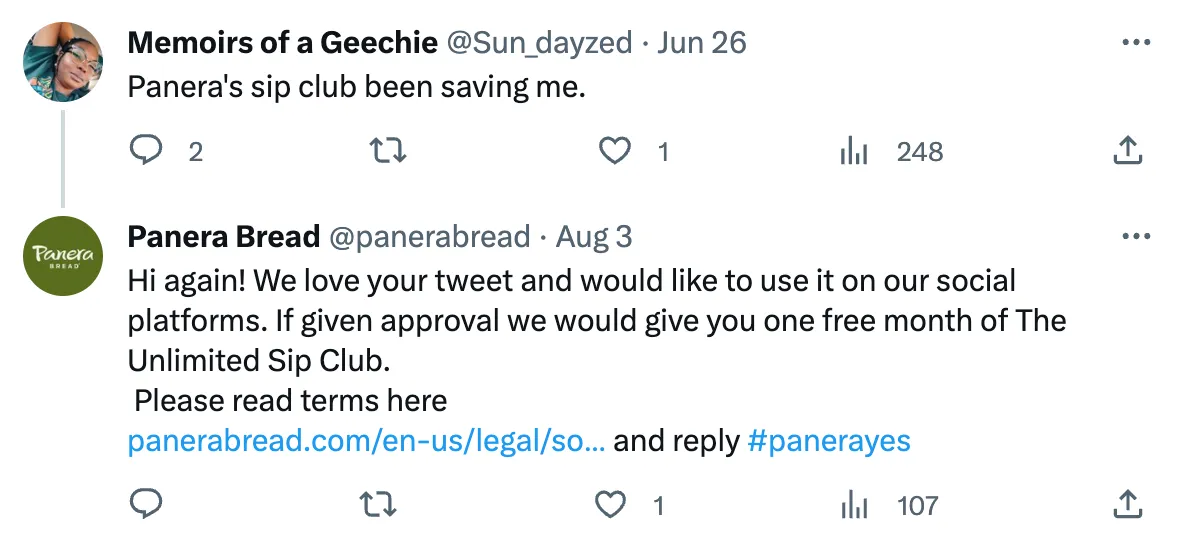
Driving Positive Change
Once you have some audience data in hand, it's time to put them into action. Start by creating a data report to identify areas that need enhancement. Prioritize these over less pressing concerns, and track your progress. This ongoing evaluation helps determine the impact of your efforts.
For instance, if you notice consistent queries about product availability, rethink your inventory management. Optimize your warehouse operations.
Revisit the same topic later, comparing current data to past information. Has there been any improvement? Depending on the data, shape your next business move.
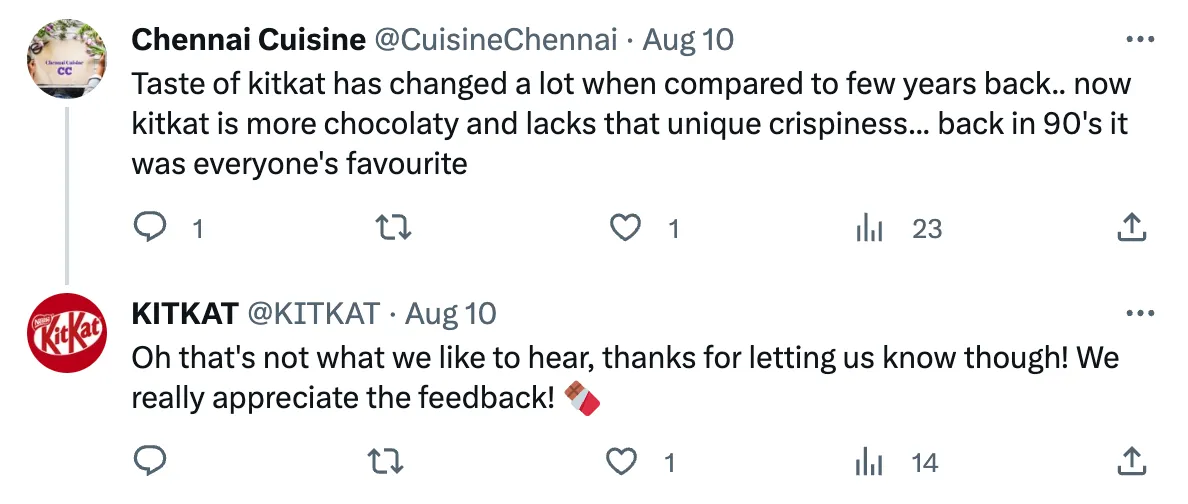
Main Uses Cases Of Social Monitoring For Brands
Curious about social monitoring's practical applications? Here’s how to make it work for your brand.
Gratitude For Customer Feedback
Your customers often leave glowing reviews that put a smile on your face. But feedback is more than just kind words - it helps to deepen customer relationships and encourage repeat business.
Responding to positive feedback adds a personal touch to digital interactions. It shows that customer happiness matters to your brand. It will foster brand loyalty if you keep demonstrating an ongoing commitment to enhancing your customers’ lives.
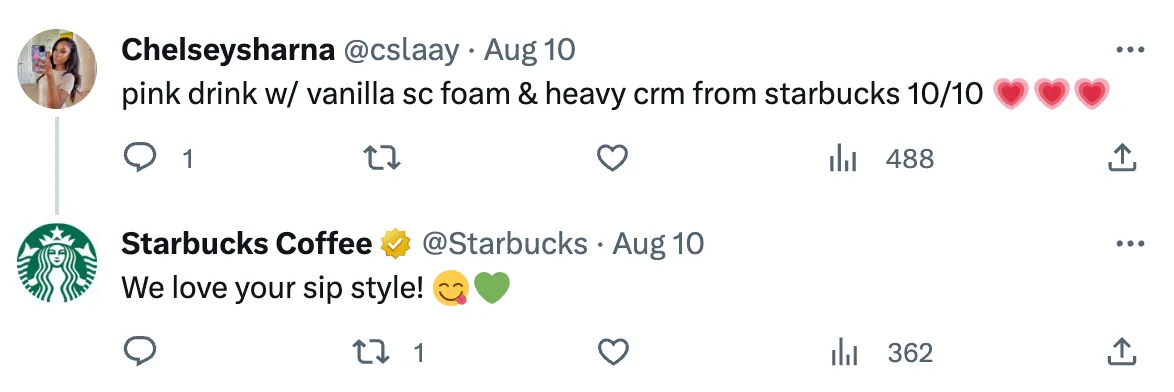
Resolution Of Customer Issues & Concerns
Wouldn’t it be perfect if every customer showered praise? Reality isn't that perfect. Not everyone will be happy with your brands; occasional hiccups are common in every business.
Mistakes, like late orders or damaged items in a retail business, can occur. Customers often vent their frustrations on social media. A swift response is key to preventing such issues from spiraling.
Respond promptly, stay composed, and cooperate. Apologize for their dissatisfaction, propose solutions, and reassure them that future experiences will improve.
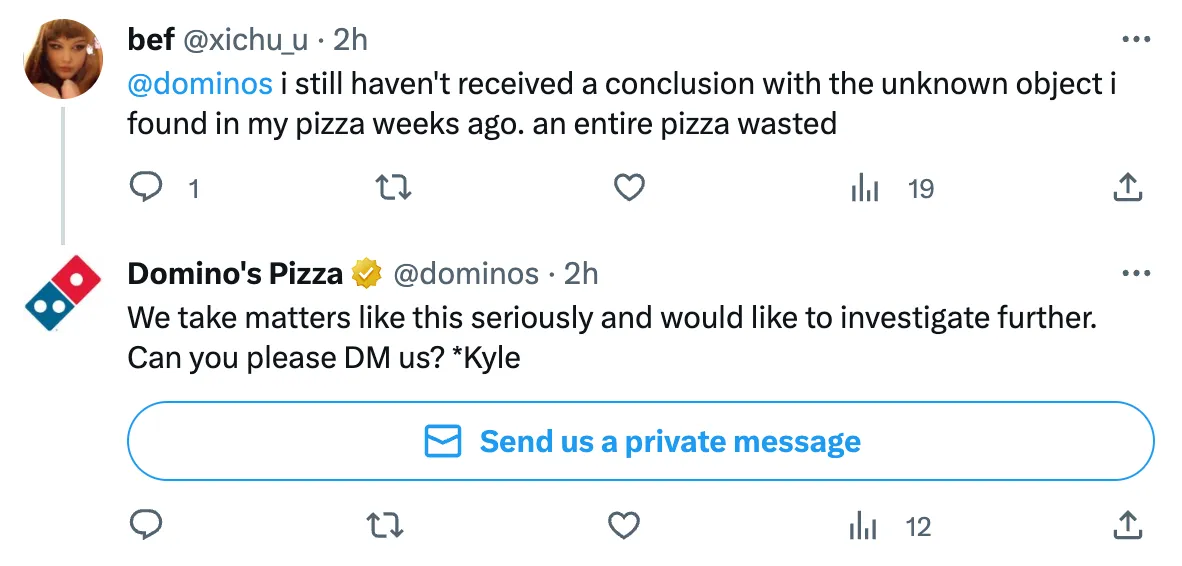
Addressing Audience Queries
- “Will you adopt EMI for order fulfillment?”
- “When’s product ‘X’ coming in my size?”
- “What’s your green initiative?”
Social monitoring helps you in answering such queries and more. Customers expect prompt and reasonable replies from basic to intricate questions. They anticipate real-time responses with a click.
Here social monitoring helps to simplify on-the-spot customer query handling.
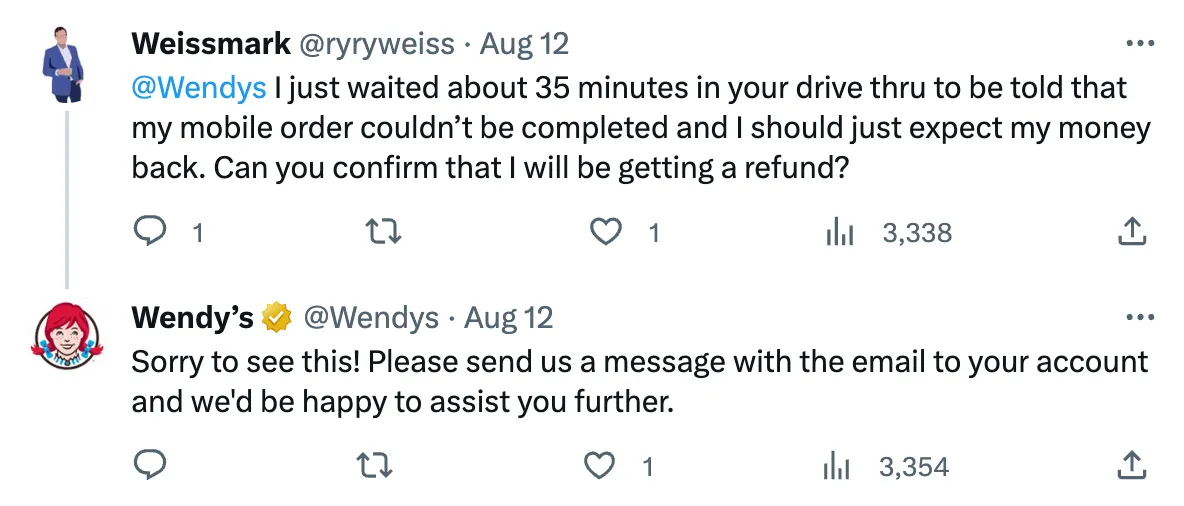
The Key Lesson
Social listening and social monitoring are the two sides of the same coin. One side deals with the quantity of brand mentions, while the other side focuses on their quality.
Social listening collects relevant first-hand data and takes care of customer sentiment. On the flip side, social monitoring helps to refine your online customer support.
Integrating both approaches into your social media strategy will help you to deliver consistent, top-notch service. It will even identify hidden problems and keeps you ahead in the competitive race.
If you want to identify customer needs and preferences while also tracking all mentions of your brand, products, and competitors on social media in real-time, Statusbrew can help you out. We help businesses of all sizes connect with their customers on social media & make it easy to monitor and listen to social media conversations.
Book a FREE demo if you want to understand how we can help you out in the best way possible!
Statusbrew is an all-in-one social media management tool that supports Facebook, Instagram, Twitter, Linkedin, YouTube, and even Google My Business.

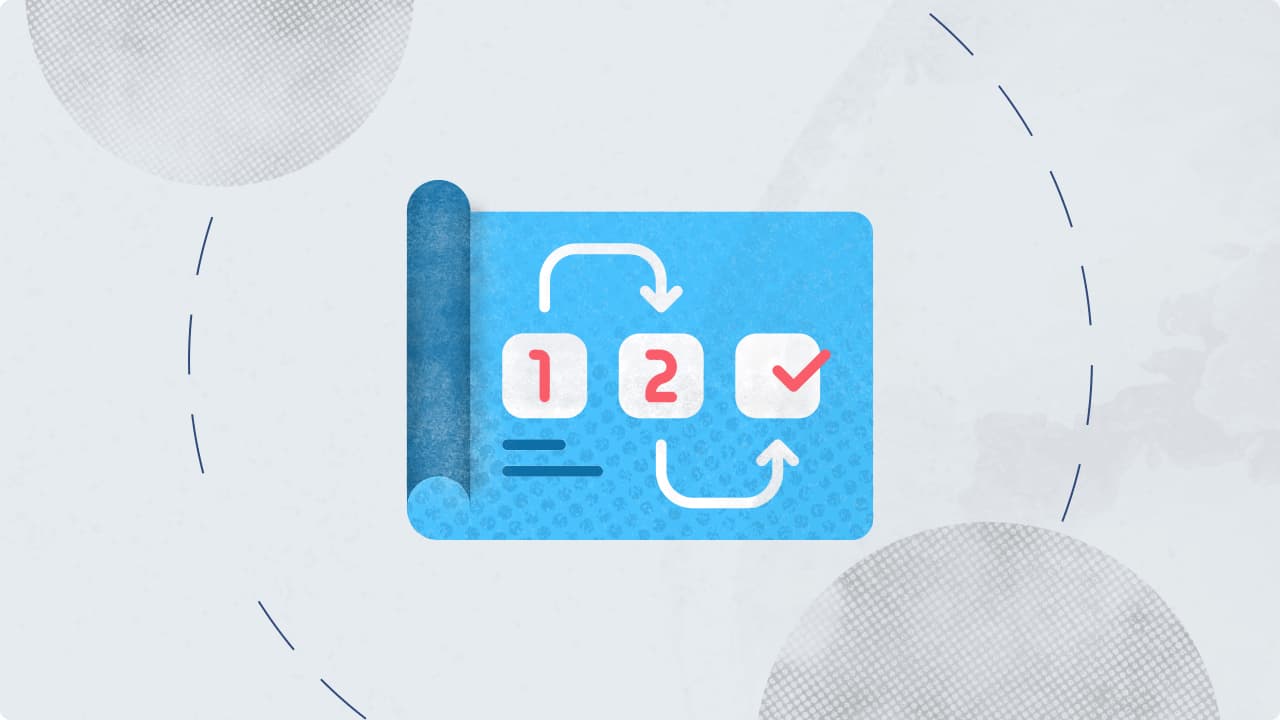
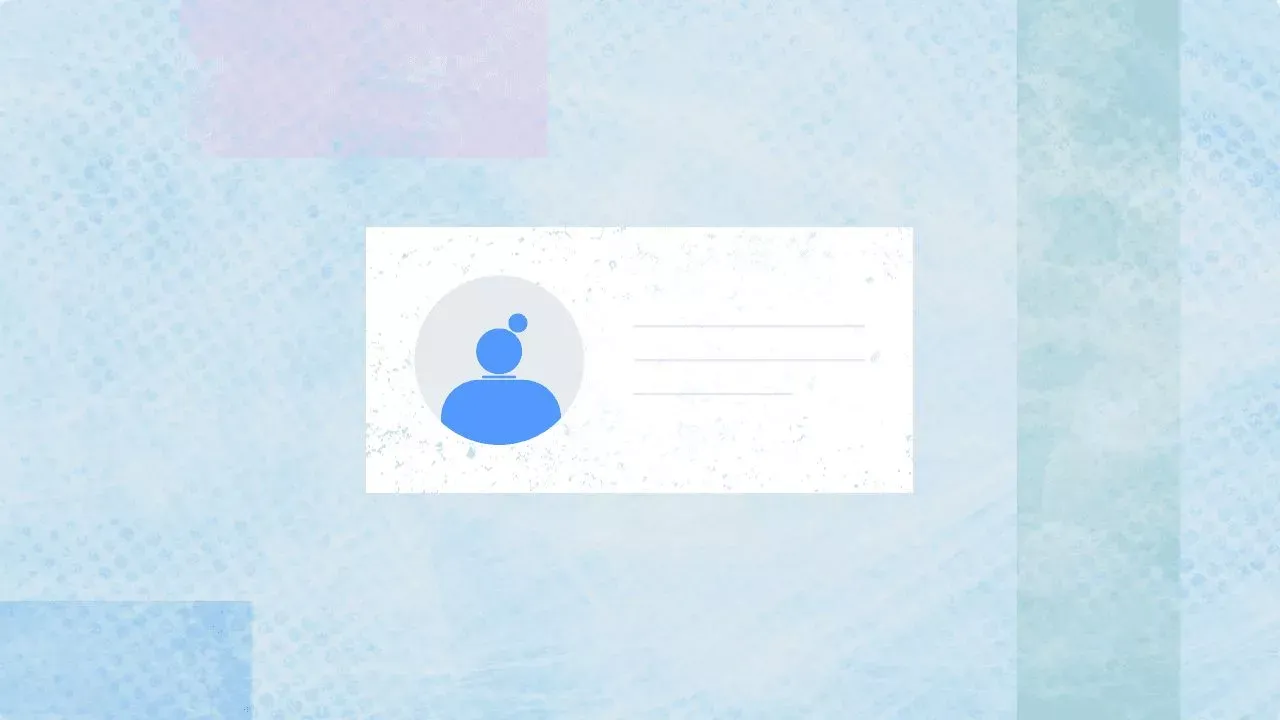

Explore the Statusbrew range of social media tools
Cancel anytime!